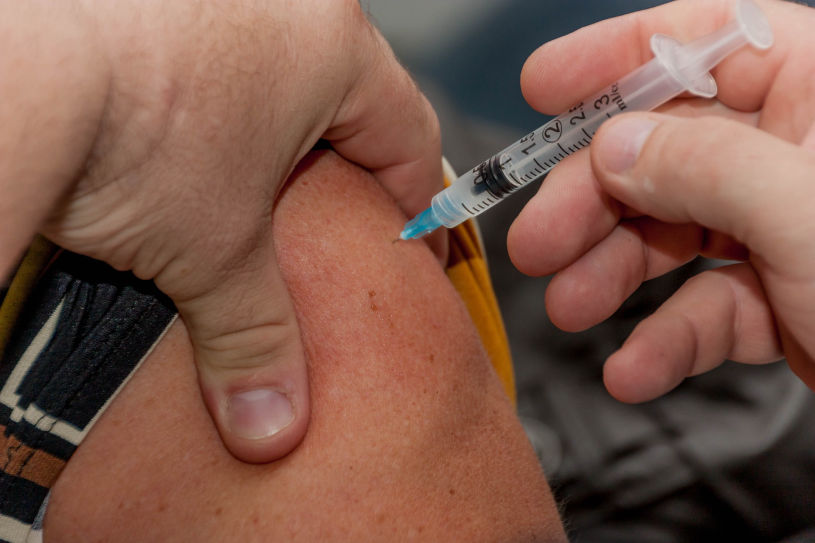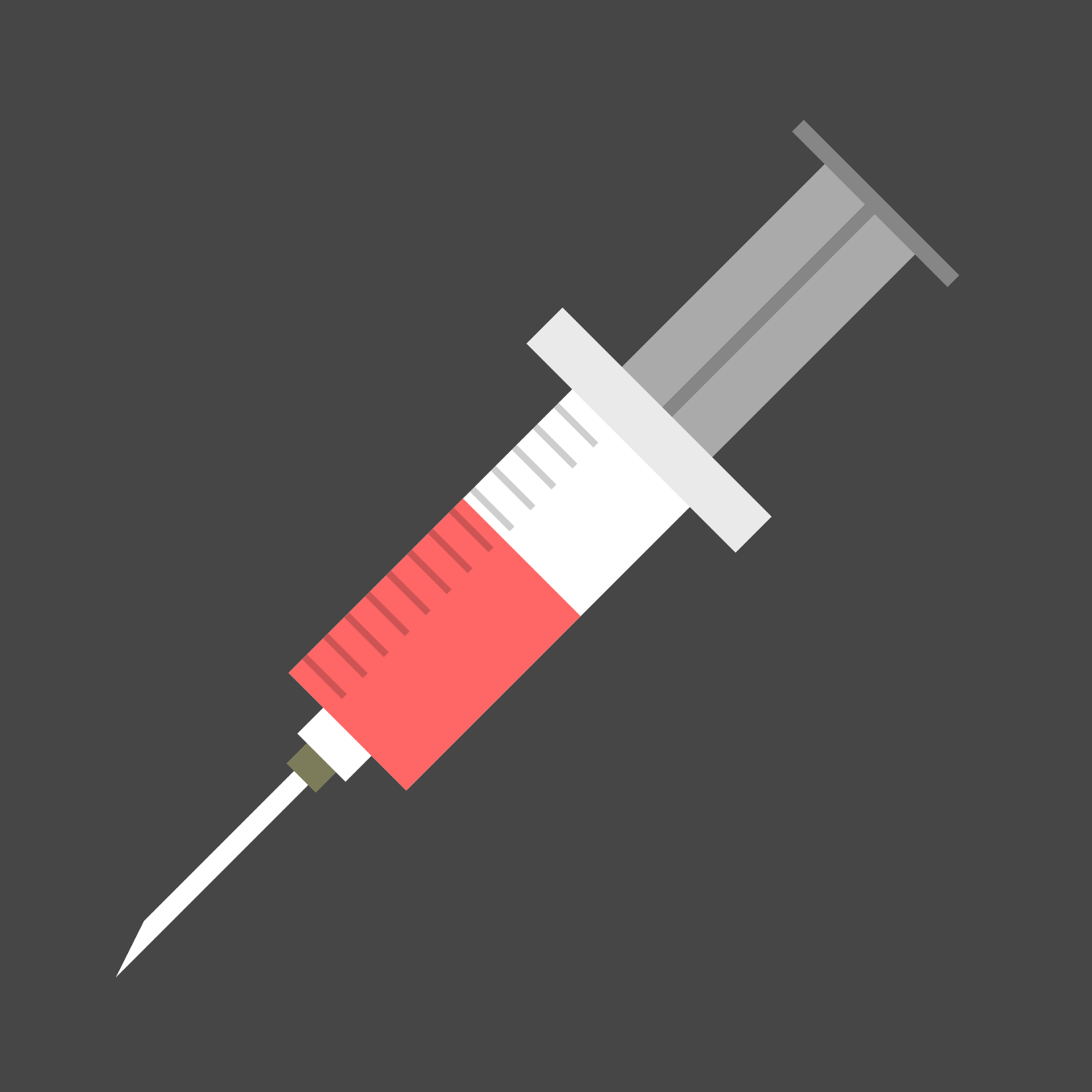What is TMS Therapy?
TMS therapy is a non-invasive treatment that uses magnetic fields to stimulate nerve cells in the brain. During a TMS session, a small, handheld device is placed on the scalp and delivers magnetic pulses to the targeted area of the brain. These pulses create small electrical currents that can improve communication between nerve cells and help regulate brain activity.
TMS therapy has been used for over two decades to treat depression and has been approved by the FDA for this use since 2008. More recently, TMS therapy has been investigated as a treatment for PTSD, with promising results.


